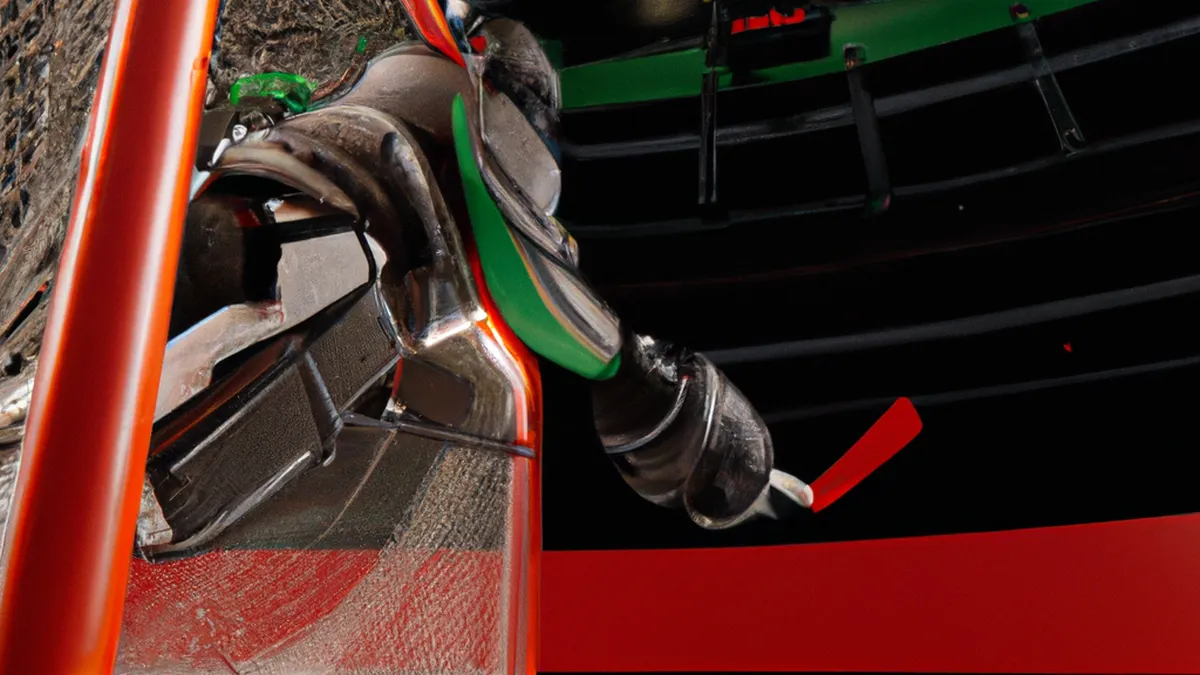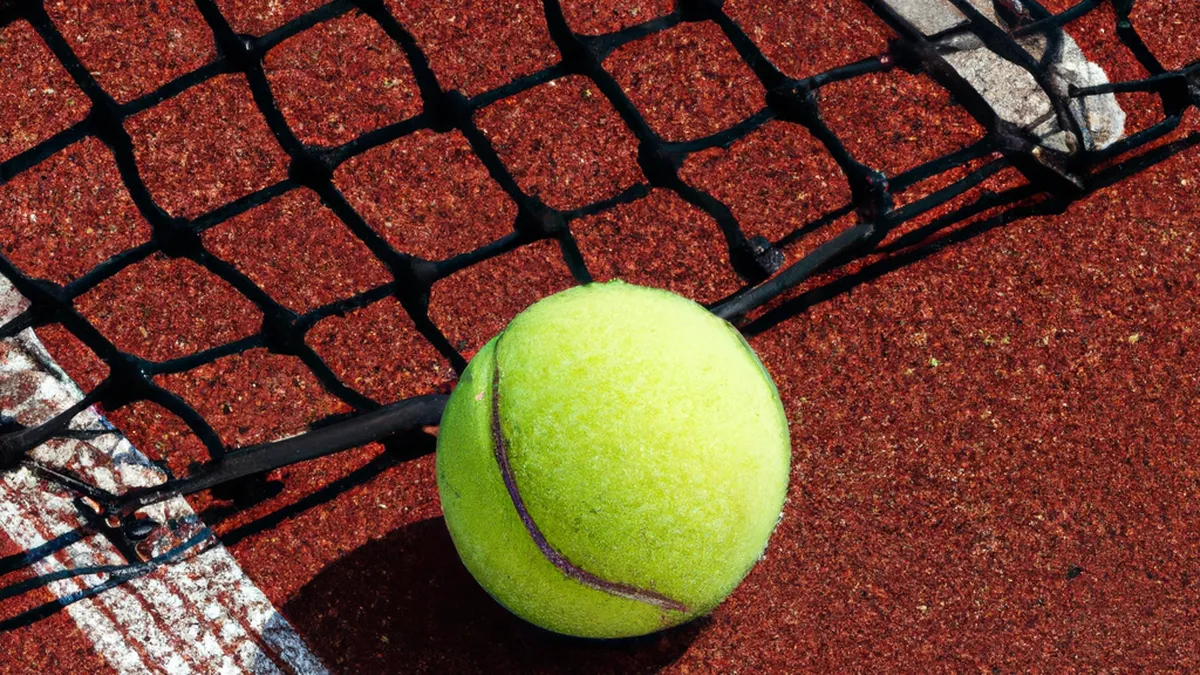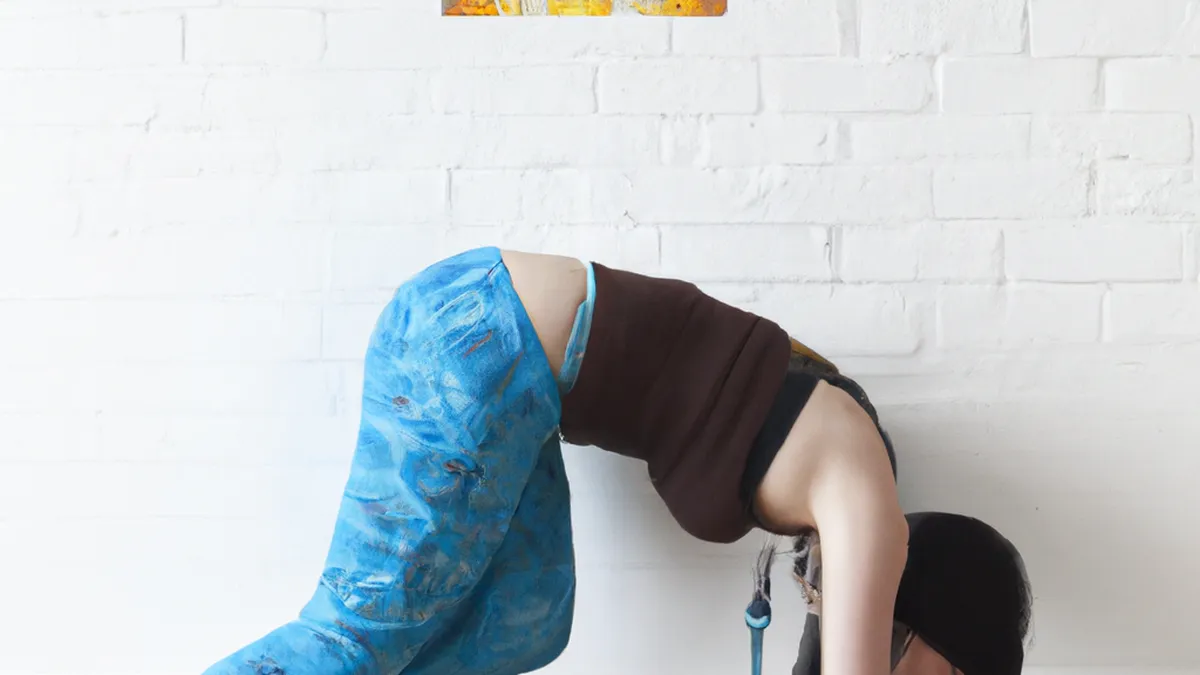Fine-Tuning Your Shooting Skills and Awareness
Exploring the Connection Between Shooting and Tactical Awareness
Shooting involves more than just pulling the trigger; it requires tactical awareness. You must understand your environment, predict threats, and make quick decisions. This blog explores the connection between shooting and tactical awareness. We will offer tips and insights on enhancing these crucial skills.
Understanding Tactical Awareness
Tactical awareness helps you perceive and understand your environment in real-time. This skill allows for informed decision-making. Recognizing threats, understanding reactions, and preparing for scenarios are key components. Tactical awareness is vital in competitive shooting, law enforcement, and self-defense.
When shooting, continuously assess your surroundings. Identify targets, potential risks, and escape routes. Without tactical awareness, you risk dangerous situations. Therefore, shooters must develop this skill.
The Role of Situational Awareness
Situational awareness forms a critical part of tactical awareness. It involves observing and anticipating what occurs around you. This includes your physical environment and people’s behaviors.
You can improve situational awareness through practice. Start in controlled environments, like shooting ranges. Gradually introduce distractions or varied scenarios for complexity. This practice builds confidence and enhances decision-making under pressure.
Mental Preparation
Mental preparation is crucial for shooting and tactical awareness. Use visualization techniques to enhance your readiness. Imagine scenarios where you might need to shoot. This mental rehearsal prepares you for real-life situations.
Staying calm under pressure is equally important. Anxiety can cloud judgment and slow reactions in high-stress situations. Practice relaxation techniques, like deep breathing or mindfulness, to manage stress. Remaining calm allows for clearer thinking and better responses.
Tips to Enhance Shooting and Tactical Awareness
1. **Train Regularly:** Consistent training sharpens your shooting and tactical skills. Attend classes that focus on technical skills and tactical decision-making. The more you practice, the more instinctual your responses become.
2. **Practice Realistic Scenarios:** Incorporate realistic scenarios into your training. Use simulations or role-playing exercises to improve decision-making. This practice teaches you to react appropriately to unexpected situations.
3. **Engage in Physical Fitness:** Physical fitness significantly impacts your performance. Staying fit enhances reaction time and endurance. A strong body supports a sharp mind, allowing you to focus on your environment.
4. **Utilize Visualization Techniques:** Before shooting, visualize your target and surroundings. Imagine your actions in various scenarios. This mental exercise enhances focus.
Conclusion
In summary, shooting and tactical awareness are interconnected. Developing these skills improves your effectiveness in various situations.
Below are related products based on this post:
FAQ
What is tactical awareness and why is it important for shooting?
Tactical awareness helps you perceive and understand your environment in real-time, allowing for informed decision-making. It is crucial for recognizing threats, understanding reactions, and preparing for scenarios, making it vital in competitive shooting, law enforcement, and self-defense.
How can I improve my situational awareness while shooting?
You can improve situational awareness through practice by starting in controlled environments like shooting ranges and gradually introducing distractions or varied scenarios. This approach builds confidence and enhances your decision-making under pressure.
What techniques can help with mental preparation for shooting?
Mental preparation can be enhanced using visualization techniques, where you imagine scenarios in which you might need to shoot. Additionally, practicing relaxation techniques such as deep breathing or mindfulness can help you stay calm under pressure, leading to clearer thinking and better responses in high-stress situations.















Post Comment